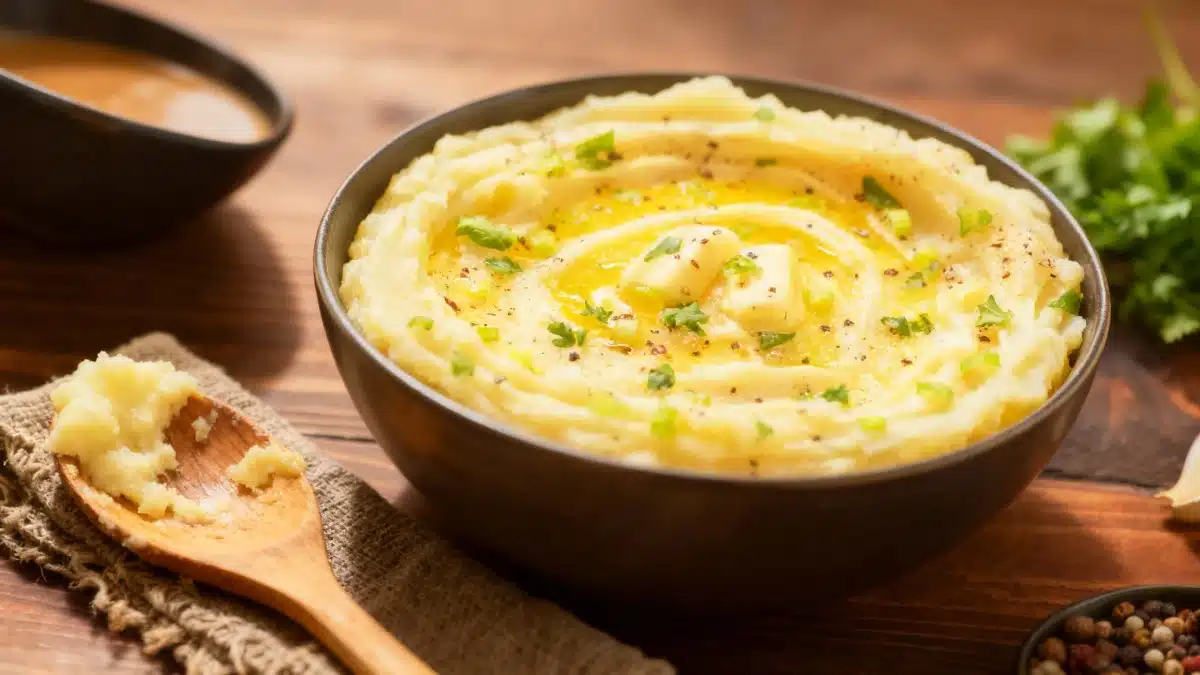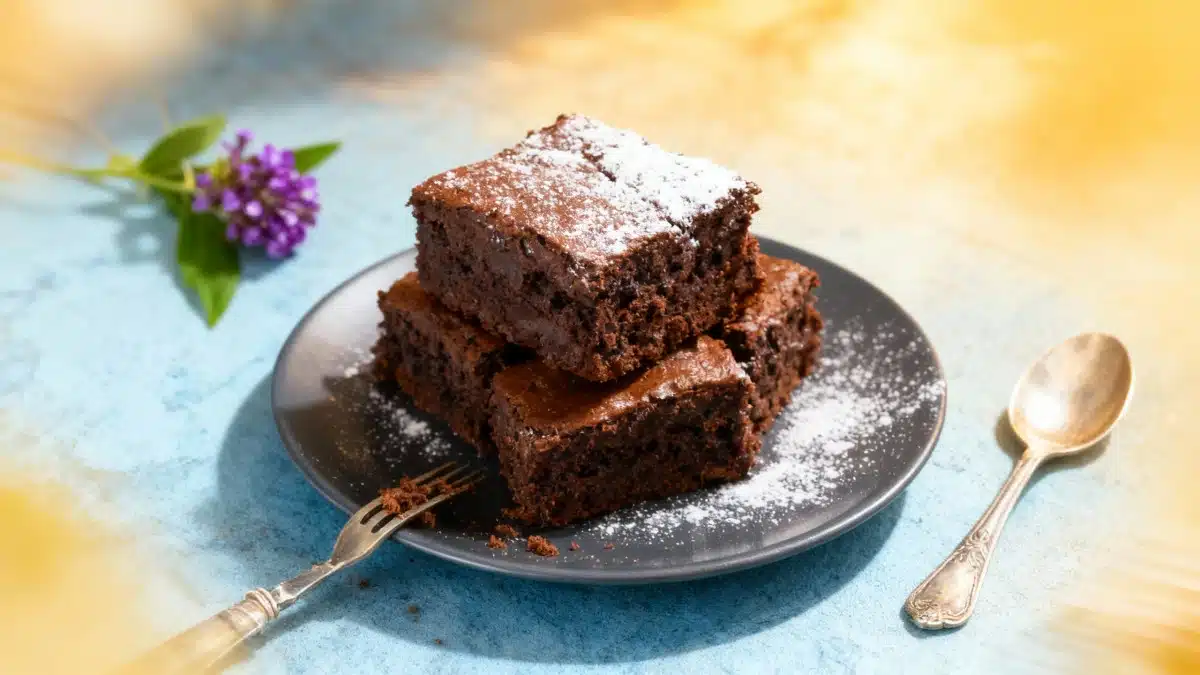Carbs: friend or foe? Turns out, when it comes to weight loss, there’s one category of carbohydrate that’s getting two enthusiastic thumbs up from nutritionists. Spoiler alert: These aren’t the carbs you slather in cream or sizzle in oil—these are the so-called “slow sugars” that just might become your new best friend on the scale. Let’s get to know them better, shall we?
What Are Starches, Really?
In the nutrition world, starchy foods—known technically as sources of starch—are complex carbohydrates that digest and absorb slowly. That’s why some folks like to call them “slow sugars.” There are three main categories of these slow-burning all-stars, though we won’t go into listing them all here.
On average, cooked starchy foods provide about 100 calories per 100 grams. Fun fact: Cereal-based starches, like pasta, rice, semolina, or quinoa, are usually sold uncooked. Dry, they clock in at roughly 350 calories per 100 grams because—get this—their weight triples once cooked! So, once boiled and beautifully fluffy, their calorie punch per 100 grams drops to a third.
The Muscle and Brain Fuel We Can’t Ignore
The carbohydrates in starches are our bodies’ primary energy suppliers, particularly vital for muscles and the brain (so yes, that mid-afternoon pasta really could be smart food). They’re supposed to make up nearly half of our total calorie intake. Ignore them at your own risk!
Here’s where things get exciting: Starchy foods’ complex carbs are broken down and absorbed slowly. They release energy bit by bit, helping keep your blood sugar steady, making you feel fuller for longer, and protecting you from those wild snack cravings that come knocking at 4 p.m. According to Dr. Chicheportiche-Ayache, a nutrition specialist, these complex carbs should never be eliminated—even on a diet.
It’s Not Just the Carb—It’s the Company It Keeps
Before you load up your plate, be mindful: It’s not just about the starch, it’s about how you dress it up. Tempting though it may be, the real calorie culprits are those creamy, cheesy or bacon-packed sauces (ciao, carbonara; arrivederci, cheese-baked pasta). Even olive oil, praised for its health benefits, can pack a surprising punch: just two tablespoons have as many calories as 200 grams of cooked pasta! Suddenly, that drizzle doesn’t look so innocent.
As for fried versions? Fries, sautéed potatoes, pommes dauphines—they’re oozing with fats and calories. So if you’re watching your waistline, moderation is the name of the game.
The Winning Carbs for Faster Weight Loss
But which starchy foods truly stand out for weight loss? It isn’t just about picking the lowest calorie option. Two key factors matter even more:
- Glycemic index (GI)—how quickly a food spikes your blood sugar
- Fiber content—how full you’ll feel after eating
Here are the real winners, according to Dr. Chicheportiche-Ayache:
- Pulses (especially lentils): Packed with 6g of fiber and a GI of just 25, they’re also rich in plant-based protein and keep you satisfied.
- Quinoa: Delivers 3.8g of fiber and a GI of 53. It’s filling, fiber-rich, and gentle on blood sugar.
- Whole grains (wholegrain rice, wholewheat pasta): Higher in fiber and boasting a much lower GI, these options are nutritionist-approved for weight control.
Potatoes? While low in calories, they only offer 1.9g of fiber and their GI goes from 70 (boiled) to a whopping 95 (oven-roasted)—meaning they raise your blood sugar rapidly. Not ideal for steady energy or lasting fullness.
Tips from the pros: The longer you cook your starchy foods, the higher their GI. Keep your pasta al dente for a GI of around 50 (versus 65 if cooked to mush).
Portion Control and Timing: When Less Is More
The amount of starch you can enjoy while trying to shed pounds depends on several personal factors, including age, gender, body size, activity levels, and metabolism. As a ballpark, Dr. Chicheportiche-Ayache notes:
- 150 grams per day for moderately active women
- 200 grams per day for moderately active men
Of course, those who are more active can up their intake accordingly.
And when should you eat these carbs? Ideally, lunch is your window: you’ll burn off the energy throughout your afternoon activities. Those with greater energy needs, or who exercise in the evening or early morning, can sneak a small portion into dinner without worry, says the expert.
For some folks (you know who you are if you’re prone to gas and bloating), it’s wise to limit the really fibrous starches and pulses. Instead, refined options like white rice (basmati, Thai, or long grain), pasta, semolina, or skinless potatoes are easier on a sensitive stomach.
In summary? Starches—especially the right ones, in the right portions—can absolutely be your weight loss ally. No need to run screaming from spaghetti just yet. Instead, be smart about your choices, watch your add-ons, and keep an eye on both quantity and cooking method. Your scale (and your taste buds) will thank you.

John is a curious mind who loves to write about diverse topics. Passionate about sharing his thoughts and perspectives, he enjoys sparking conversations and encouraging discovery. For him, every subject is an invitation to discuss and learn.






